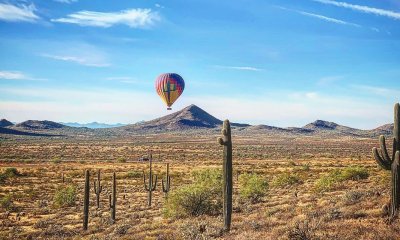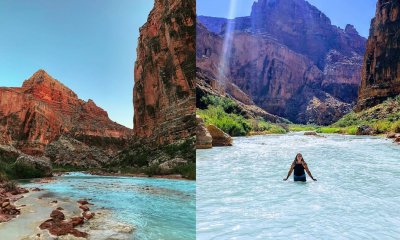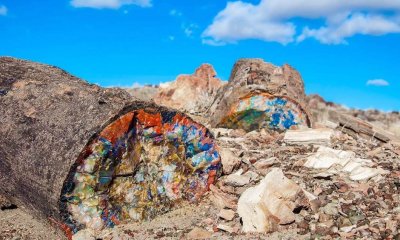Arizona
5 Reasons You Must See Coconino National Forest
The Coconino National Forest is an ecological treasure in Northern Arizona. If you haven’t visited before, then you are missing out! If you just need a reason to visit you’re in luck, because here are 5 reasons you must come visit the Coconino National Forest.
1) Coconino National Forest is One of Six Arizona National Forests
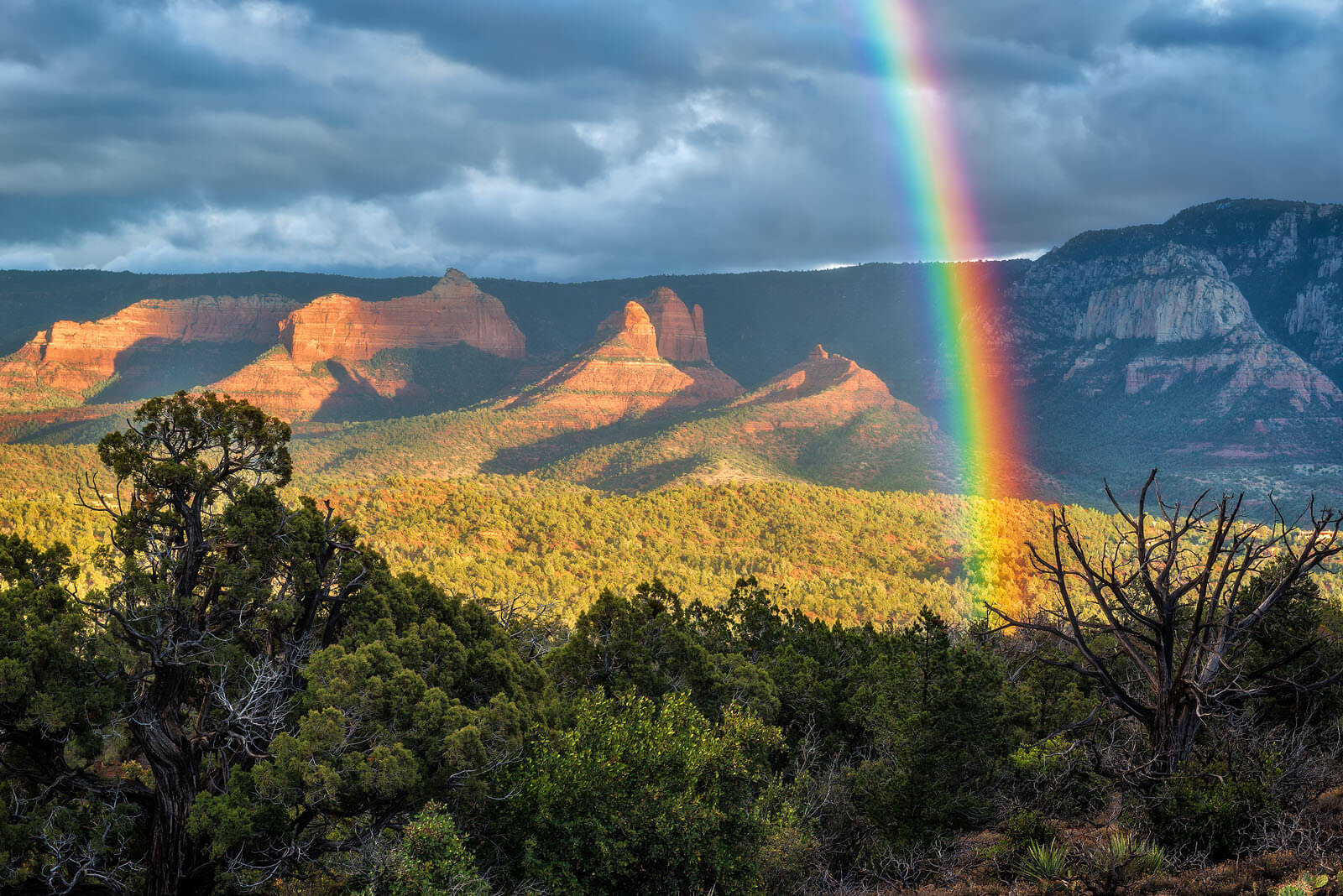
2008 marked the 100th anniversary of the proclamation that consolidated the Grand Canyon National Forest south and east of the Colorado River, parts of Tonto National Forest and Black Mesa, and San Francisco Mountains National Forest. into Coconino National Forest. All in all, Coconino National Forest encompasses about 1,821,495 acres! The land is incredibly diverse! For example, elevations stretch from 2,600 feet to 12,633 feet. You’ll find all types of environments: everything from red rocks country to pine-covered plateaus, to deserts, canyons, and forests. Part of ten different wilderness areas make up the forest. That’s a whole lot of beautiful, protected land!
2) Coconino National Forest is Divided Into Three Unique Districts
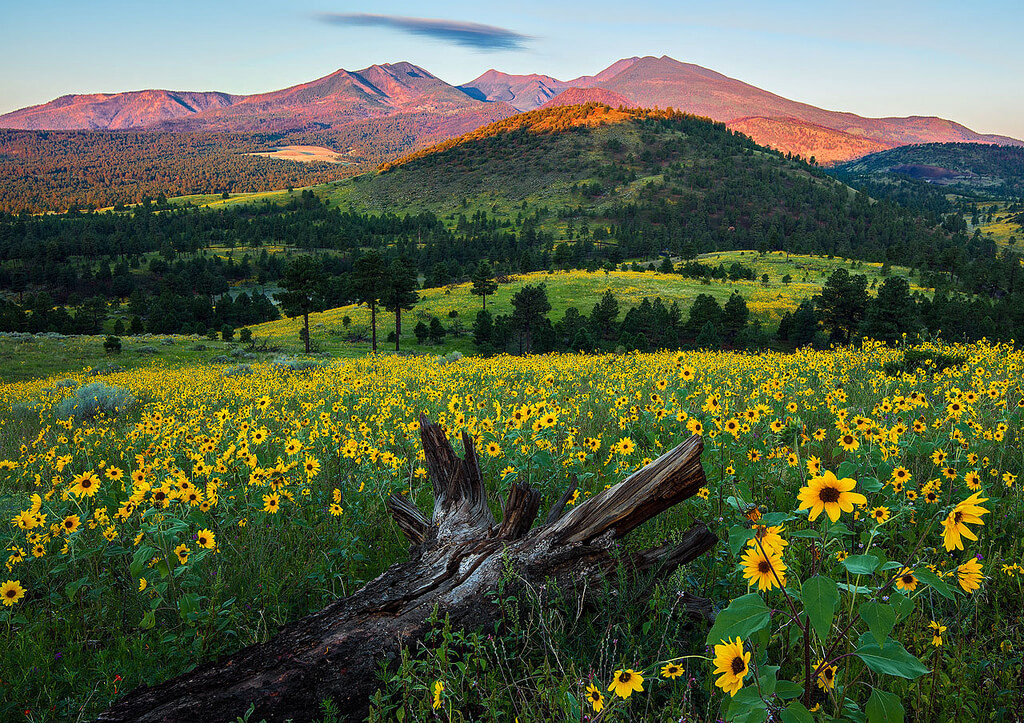
The northernmost district is the Flagstaff district, and it’s home to a lot of great stuff! In this district, you’ll find the San Francisco peaks, which the forest was originally named after. You’ll also find Humphrey’s Peak, which is the tallest peak in Arizona at 12,633 feet. In fact, the four tallest peaks in Arizona are all found in this district of Coconino National Park. You find so many impressive peaks here because the forest encompasses much of the 1,800 square mile San Francisco Volcanic Field. There are over 600 volcanic features including plenty of lava flows and underground lava tubes. You’ll find national monuments like Sunset Crater and Walnut Canyon here. It’s even the home of the largest natural lake in Arizona: Mormon Lake.
3) The 2nd District of Coconino National Forest is the Red Rocks
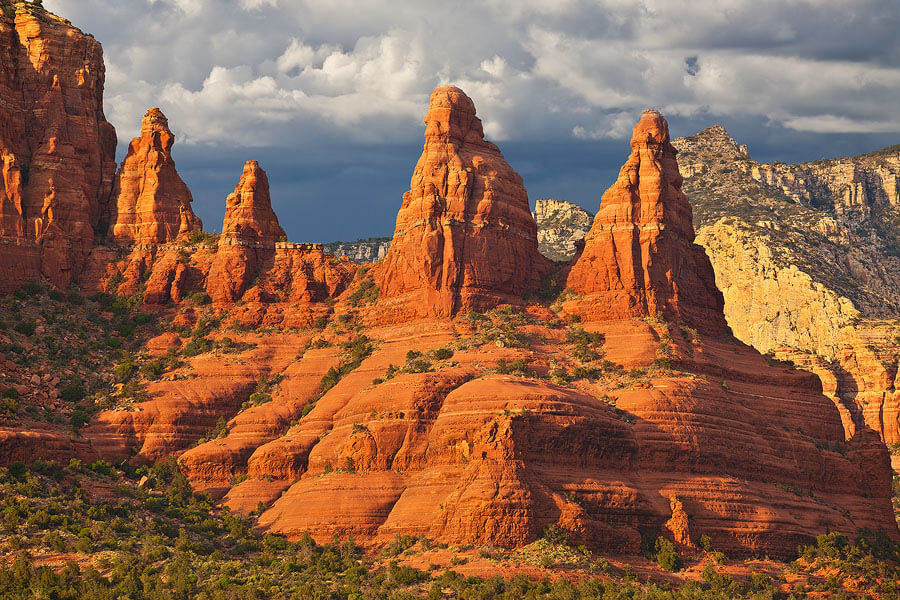
This district is well named since it is centered on the beautiful town of Sedona. Well known for its beautiful views, you’ll find more red rock buttes, mesas, and canyons than you knew existed! Canyons are the real name of the game here, though. In this district, just north of Sedona, you’ll find Oak Creek Canyon. It’s the second most popular tourist destination after the Grand Canyon. Impressive! Oak Creek Canyon is an incredible place to be in the fall because it is one of the few places in Coconino National Forest that have predominantly deciduous trees. The fall foliage is more beautiful than you can imagine. Sycamore Canyon, the second-largest in Arizona, is here also. Overall, this area has higher temperatures than the rest of the forest because of the lower elevation — about 4,500 feet.
4 )The 3rd District of Coconino National Forest is Mogollon Rim
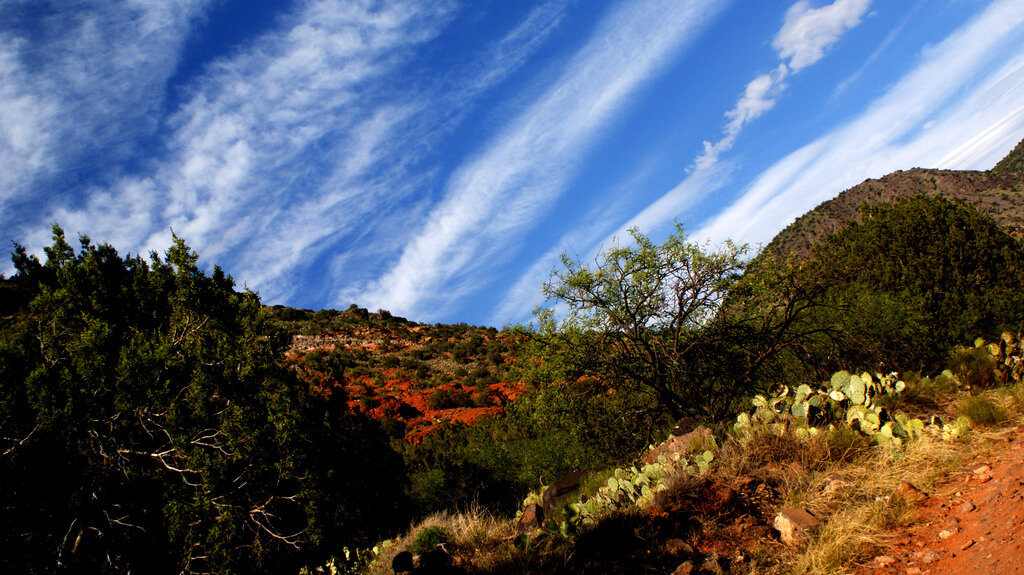
There isn’t quite as much going on in this district as the other districts, but it definitely has its merits. As you might have guessed from the name, this district is located along the Mogollon Rim. It’s just south of huge Lake Mormon, and east of the red rocks. This district has the most lakes and streams. All of that water keeps a dense population of Ponderosa Pines thriving! This Mogollon Rim ends with the edge of the Mogollon Rim, where it juts up against Tonto National Forest.
5) Coconino National Forest is the Home of Diverse Plant Life
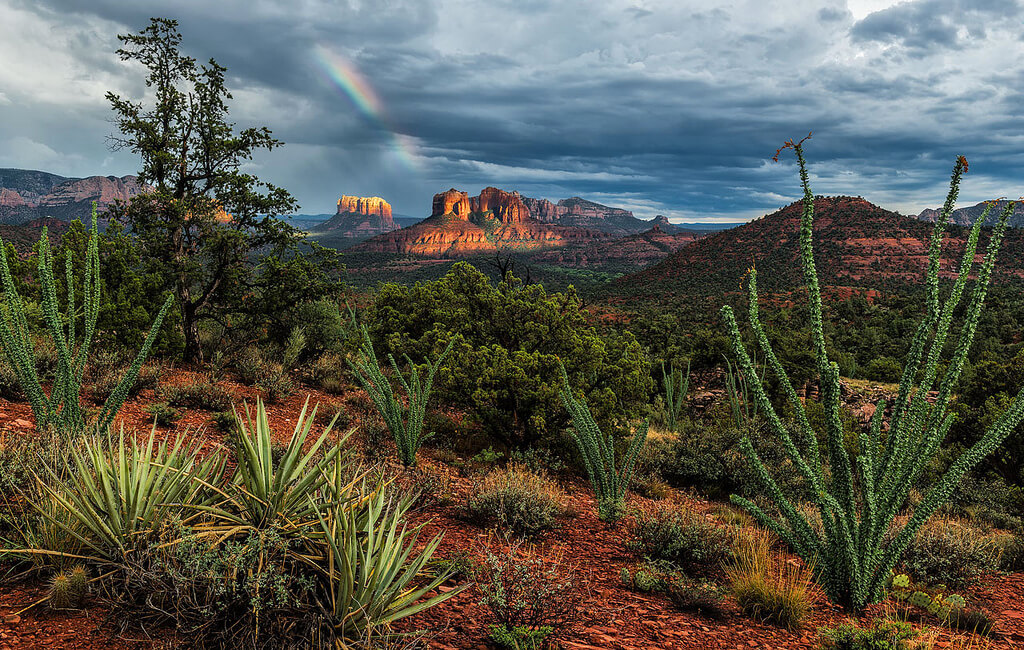
Despite the amount of vegetation that some areas of the Coconino National Forest have, it is still technically classified as a high desert. Even still, the variety of vegetation is incredible. Conifers and evergreens are the most common plants and the Ponderosa Pine is the most common tree. Tucked in among the Ponderosa Pines, though, you can also find some Gambel oak, quaking aspen, and rocky mountain juniper. Near Sedona, you’ll find plants like juniper, and in the lowest elevations, you’ll see plenty of shrubs and sagebrushes. In the high elevations, you’re likely to find large conifers like blue spruce, subalpine fir, and Englemann spruce. The bottom line is, wherever you go in this huge national forest, you’ll have the chance to encounter all kinds of unique plant life!












